Blog
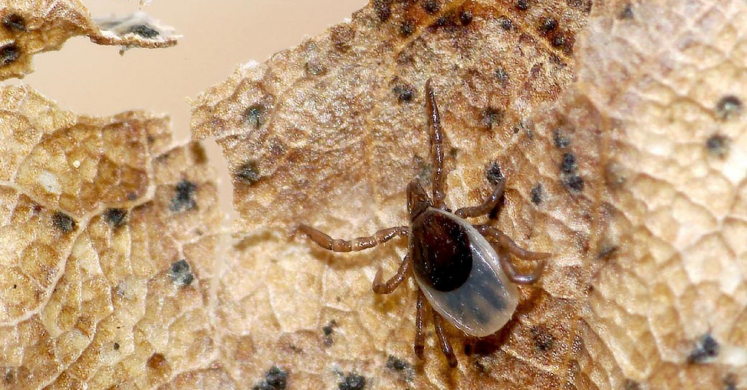
#bioPGH Blog: Still Tick Season!
 A resource of Biophilia: Pittsburgh, #bioPGH is a weekly blog and social media series that aims to encourage both children and adults to reconnect with nature and enjoy what each of our distinctive seasons has to offer.
A resource of Biophilia: Pittsburgh, #bioPGH is a weekly blog and social media series that aims to encourage both children and adults to reconnect with nature and enjoy what each of our distinctive seasons has to offer.
My goodness! Last week’s temperature started in the single digits on Monday and ended in the low 60s by Friday. In spite of the frigid temperatures from earlier this month, the warmup gave us a bit of a skin-crawling reminder: even winter can be tick season. Friends who are runners and dog walkers exclaimed their surprise at transitioning from layering like it’s the Arctic to checking for tiny arachnids who might be out to suck blood. It seems like brutally cold weather should have helped decrease the number out and about, shouldn’t it? Well, it’s not that easy, I suppose. Let’s ignore the creepy-crawly sensation and explore.
Pennsylvania is home to at least 25 species of ticks, but we tend to be most familiar with a subset of ticks that are problematic for people: the dog tick (Dermacentor variabilis), the deer tick, also known as the eastern blacklegged tick (Ixodes scapularis), and the lone star tick (Amblyomma americanum).
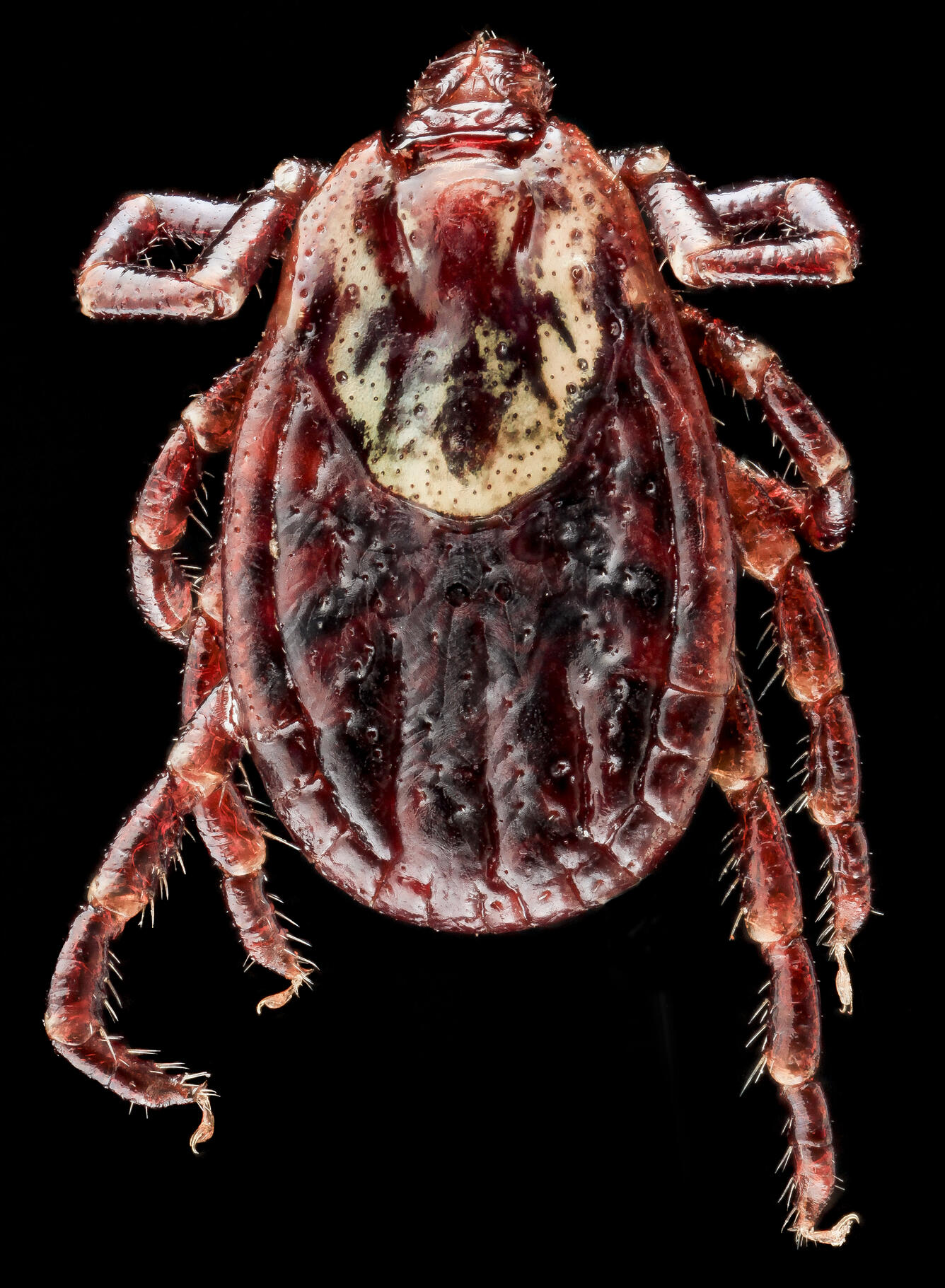
Dog tick, USGS
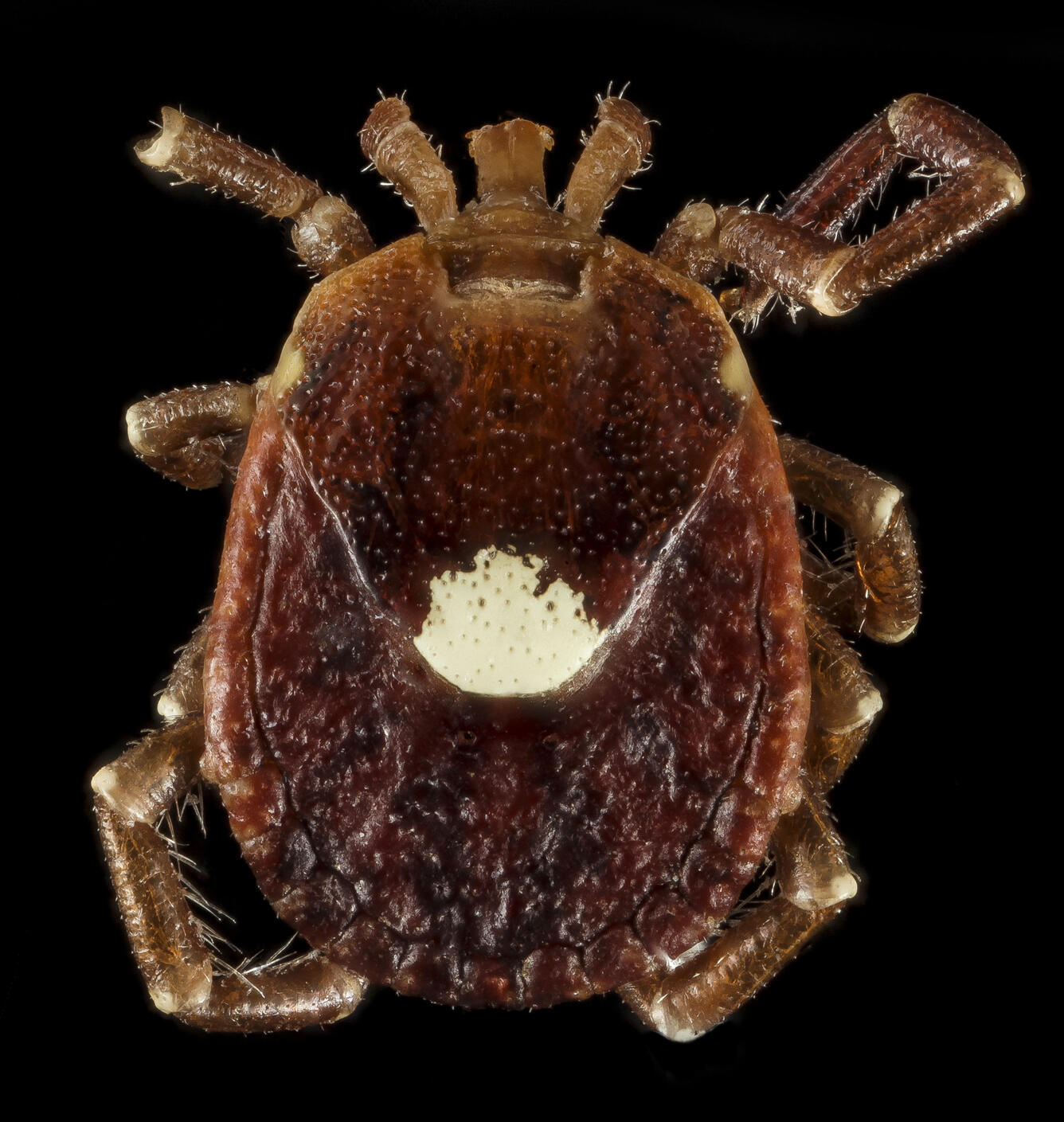
Lone star tick, USGS
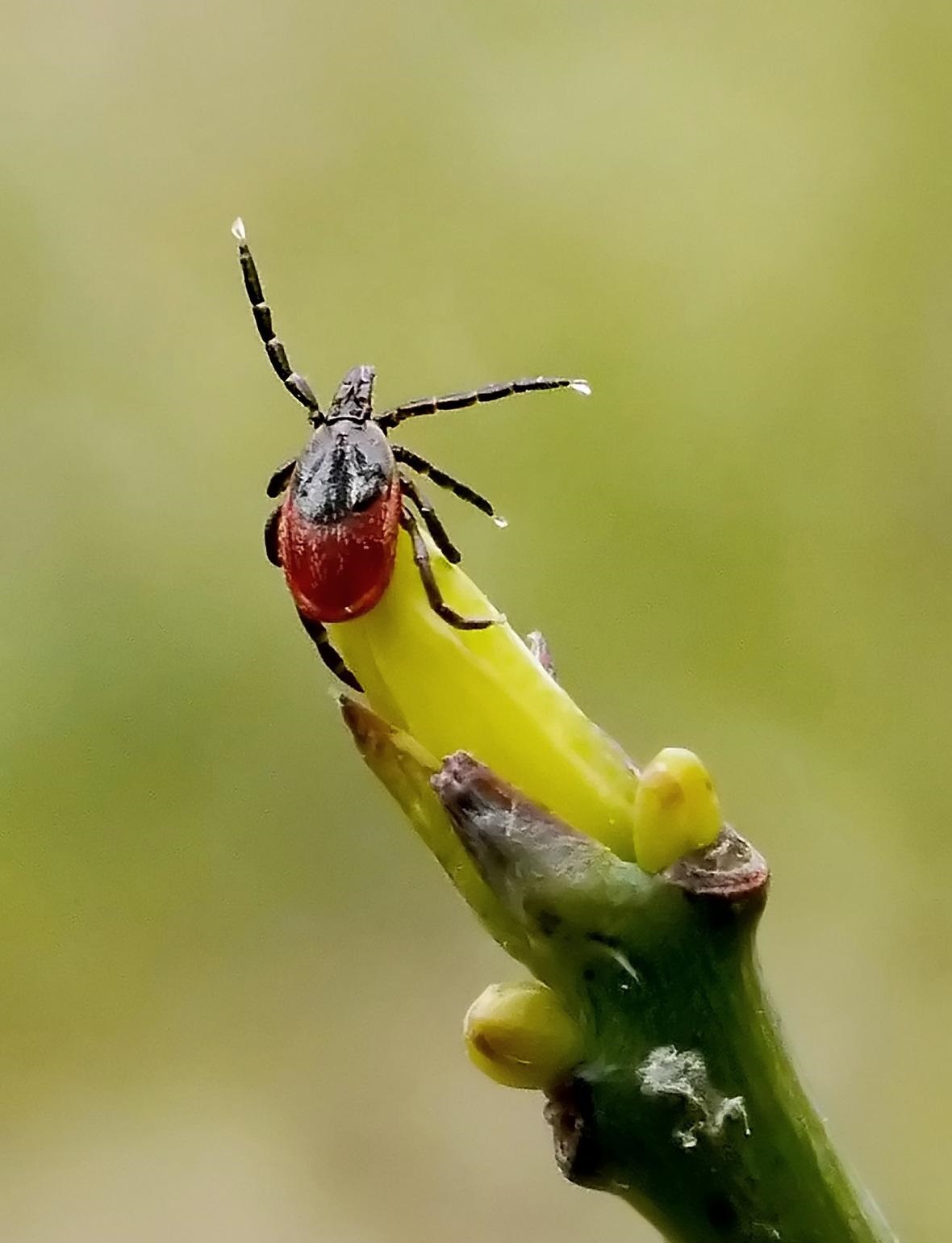
Deer tick, USGS
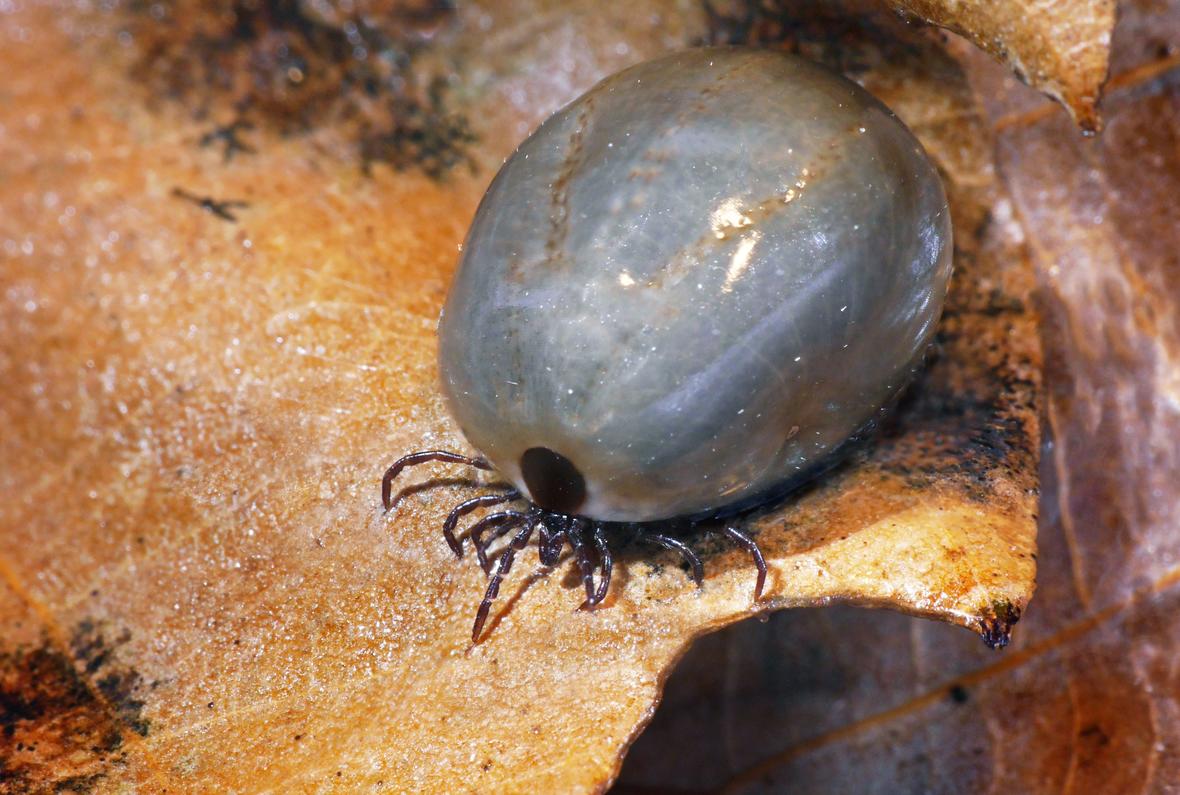
Engorged female deer tick, USGS
All three of these species are noticeably active during the warmer months, of course. But a ground temperature of 45-50 degrees (Fahrenheit) is really all it takes for ticks to be active in the winter. On the deep freeze days, ticks can protect themselves by hiding under leaf litter and possibly under leaves that are under snow, for even more insulation. This means that on some of warmer recent days, though, it is still tick season. If the weather reaches that temperature range, it’s a good idea to do a tick-check on yourself, kids and pets, just to be on the safe side.
Given they are parasites and have the somewhat alarming tendency to spread bacterial disease, a common question about ticks is to wonder what role they play in their ecosystems. Do they provide any positive benefit or do they just exist to annoy, or even sicken, the rest of us? That’s a complicated question, but ticks do serve as a prey item for at least some animals and there is speculation that ticks’ ability to spread disease is a way of controlling wild populations of animals. (The latter possibility can’t be overlooked since large predators have been pushed out of many systems, leaving herbivore populations overcrowded.) And to some extent, tick populations can be used as a proxy to determine habitat health.
Even if it was possible to single out ticks and eliminate just them, though...everything in nature is interconnected. Who knows what the consequences could be? You may have seen in the news recently that something as small as an ant is shifting the behavior of elephants and lions in parts of Kenya. An introduced species called the big-headed ant has been taking over the habitat of acacia ants, who normally live in acacia trees. The acacia ants would naturally limit the amount of acacia vegetation that elephants and other herbivores would eat because the ants have a potent bite (and an unsuspecting elephant would get a trunkful of ants biting from the inside — ouch!). This resulted in a fair amount of foliage remaining on the acacia trees, which lions would use to their advantage by hiding in it while stalking their prey. However, since the big-headed ant doesn’t stop herbivores from defoliating trees, many acacia have been stripped of vegetation, leaving lions without reliable hiding spaces for ambush hunting. This, in turn, has shifted the hunting success of lions in impacted areas (their populations are still stable for now, but researchers are monitoring the situation). This has also created more open grassland habitat in areas that used to have a significant acacia tree presence. And all of this change is because of something as tiny as ant!
In the end, although it’s difficult to completely understand all of the complicated interrelationships and connections within ecosystems, we do know that everything plays a role in nature. I will add that while I personally acknowledge that each species has value, I will also admit that I don’t necessarily lament the ticks that I’ve removed from myself. A part of life on Earth, I suppose!
Connecting to the Outdoors Tip: Enjoy the outdoors, but it's always best to be prepared. The Pennsylvania Tick Lab of East Stroudsburg University has tick prevention information that we should all be familiar with.
Image credits: Cover, deer tick nymph, USGS public domain; header, Pexels, public domain

